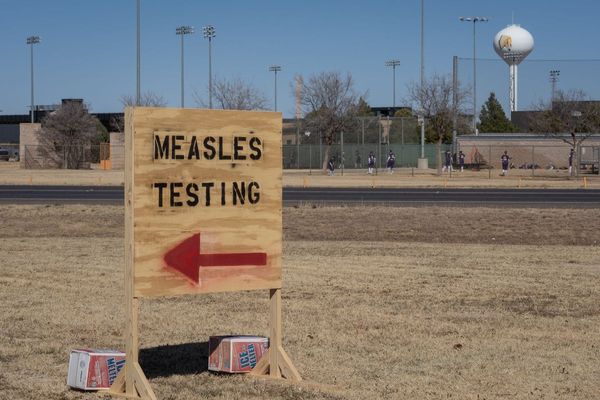
Lego is officially launching braille bricks following a successful pilot project, with the products being made available to schools and institutions that cater to children with visual impairments.
In April 2019, it was announced that Lego was working on a project to create braille bricks for children who are blind or visually impaired.
Following a successful pilot project, which saw the product tested in several different languages, the Lego Foundation and the Lego Group is now releasing the bricks in seven countries, including the UK, the US, France, Brazil, Denmark, Germany and Norway.
Braille takes its name from Louis Braille, the French educator who devised the system of reading and writing for people who are blind or visually impaired.
The braille bricks, Lego explains, allows children with visual impairments to “develop tactile skills and learn the braille system”.
“The bricks are moulded so that the studs on top reflect individual letters and numbers in the braille alphabet while remaining fully compatible with the Lego System in Play,” the company states.
“The bricks also feature printed letters, numbers and symbols so that they can be used simultaneously by sighted peers, classmates and teachers in a collaborative and inclusive way.”
Braille brick toolkits are being sent for free to select institutions, schools and services that cater for the education of children with visual impairments, Lego explains.
The company has not made them available for sale to individuals at this time.
Each kit will contain more than 300 braille bricks, featuring the full alphabet in each of the chosen languages, numbers from zero to nine, mathematical symbols and punctuation marks.
The Lego Foundation will collaborate with partners in each of the selected countries “to manage distribution of the toolkits and support localisation and training of the teaching concept".

Lego has also created a dedicated website www.LEGObraillebricks.com to accompany the release of the braille bricks, which features activities that people can partake in while playing with the braille bricks.
Following the initial release in the first seven countries, Lego is planning on making the braille bricks available to select institutions in 20 countries by early 2021.
Furthermore, while the toolkits are first being launched in six languages – Danish, English, Norweigian, German, Portuguese and French – the company plans on making the product available in 11 languages by next year.
David Clarke, director of services at the Royal National Institute of Blind People, said that the Lego Foundation “has created a totally new and engaging way for children with vision impairment to learn to read and write” with its braille bricks.
“Braille is an important tool, particularly for young people with vision impairment, and these cleverly designed bricks enable children to learn braille creatively while also engaging with their classmates in a fun and interactive way,” Mr Clarke said.

Paige Maynard, a teacher of the visually impaired and a development interventionist at Visually Impaired Preschool Services in Louisville, Kentucky, US, explained that she understands as an educator how “helpful” braille bricks will be “in bringing together different kinds of learners”.
“Students with visual impairments will be able to play and learn alongside their sighted peers,” Ms Maynard said.
“The bricks bring the joy of play into braille and tactile skills instruction. They help remind us that the most impactful and long-lasting learning occurs when children are actively engaged in activities they enjoy.”

Stine Storm, senior play and health specialist at the Lego Foundation, said the firm is “thrilled to launch the first wave of the Lego Braille Bricks programme and get the toolkits into the hands of children”.
“Throughout the testing and pilot programme, we have received overwhelming support and positive feedback from children, parents, teachers and partner organisations who have experienced the Lego Braille Bricks and see the potential of these toolkits to encourage learning in a new and exciting way,” Ms Storm said.
“The possibilities for learning through play are endless, and we look forward to seeing how this can inspire children in their journey to learn braille.”
The idea for Lego braille bricks was first put forward to the Lego Foundation by the Danish Association of the Blind in 2011, Lego stated, before being proposed again six years later by the Dorina Nowill Foundation for the Blind in Brazil.







